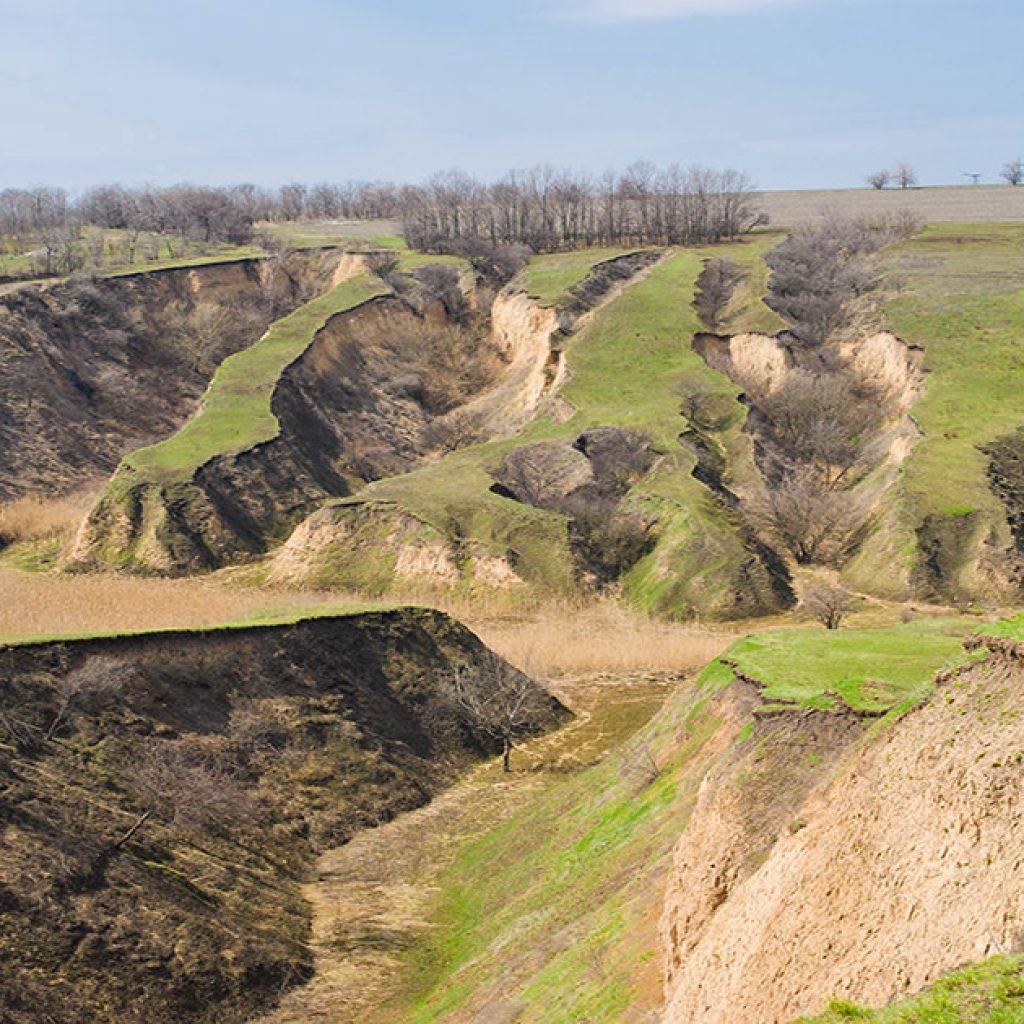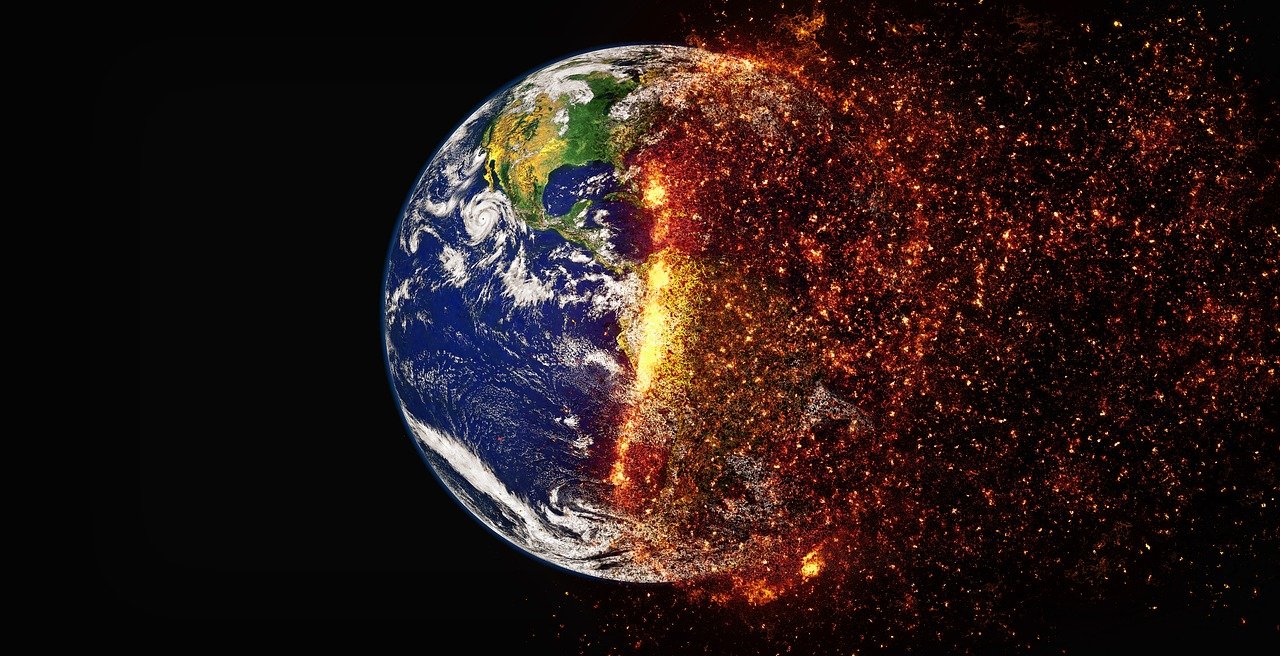Discuss Five issues that Earth Day Focuses on to preserve the environment:
List of Five issues that Earth Day Focuses on, to preserve the environment
1. Climate Change Issue
Climate change according to NASA, is a change in the usual weather found in a place. This could be a change in how much rain a place usually gets in a year. Or it could be a change in a place’s usual temperature for a month or season. Climate change is also a change in Earth’s climate. This could be a change in Earth’s usual temperature. Or it could be a change in where rain and snow usually fall on Earth. Earth Day’s intention is to permanently reverse the effects of climate change.
2. Pollution Issues
Pollution, according to National Geographic, is Pollution is the introduction of harmful materials into the environment. These harmful materials are called pollutants. Earth Day’s intention is to stop pollution on Earth.
3. Deforestation Issues
Deforestation or forest clearance is the removal of a forest or stands of trees from land that is then converted to a non-forest use. Deforestation can involve the conversion of forest land to farms, ranches, or urban use. The most concentrated deforestation occurs in tropical rainforests. Earth Day’s intention is to plant more trees while discouraging people from cutting them down.
4. Water Scarcity Issues
According to Unwater, water scarcity can mean scarcity in availability due to physical shortage, or scarcity in access due to the failure of institutions to ensure a regular supply or due to a lack of adequate infrastructure. Water scarcity already affects every continent. Earth Day’s intention on this is to preserve drinkable water on the planet.
Though most of our planet’s surface is covered by water, less than 3% is drinkable. This essential resource is becoming increasingly scarce as Earth’s population grows and the climate becomes warmer. The result: less water to go round.
Southern Water
5. Loss of biodiversity Issues
Biodiversity loss, also called loss of biodiversity, according to Rafferty, a decrease in biodiversity within a species, an ecosystem, a given geographic area, or Earth as a whole. Biodiversity, or biological diversity, is a term that refers to the number of genes, species, individual organisms within a given species, and biological communities within a defined geographic area, ranging from the smallest ecosystem to the global biosphere.
6. Soil erosion and degradation

Increased demand for agriculture commodities generates incentives to convert forests and grasslands to farm fields and pastures. The transition to agriculture from natural vegetation often cannot hold onto the soil and many of these plants, such as coffee, cotton, palm oil, soybean and wheat, can actually increase soil erosion beyond the soil’s ability to maintain itself (Worldwide Agriculture). Half of the topsoil on the planet has been lost in the last 150 years. In addition to erosion, soil quality is affected by other aspects of agriculture. These impacts include compaction, loss of soil structure, nutrient degradation, and soil salinity. These are very real and at times severe issues.
Questions and Answers
My Courses has a large Questions and Answers repository for the most popular High School and Tertiary Schools subjects. This comes in handy when doing your revision or preparing for exams, tests, research tasks, and assignments.
Ask Us a Question and we will send you the Answer Guide
[super_form id=”33574″]

